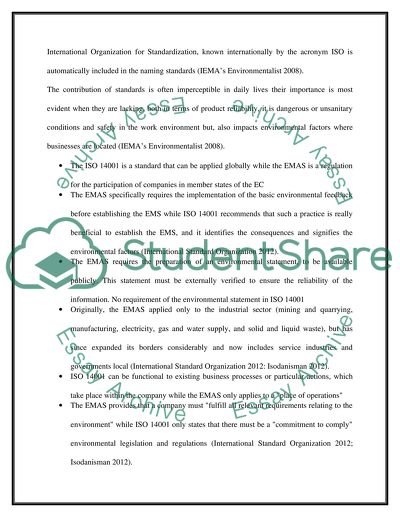Cite this document
(“Critically discuss the adoption of EMS as a vehicle to achieve Essay”, n.d.)
Critically discuss the adoption of EMS as a vehicle to achieve Essay. Retrieved from https://studentshare.org/environmental-studies/1403218-environmental-auditing-and-environmental-managment
Critically discuss the adoption of EMS as a vehicle to achieve Essay. Retrieved from https://studentshare.org/environmental-studies/1403218-environmental-auditing-and-environmental-managment
(Critically Discuss the Adoption of EMS As a Vehicle to Achieve Essay)
Critically Discuss the Adoption of EMS As a Vehicle to Achieve Essay. https://studentshare.org/environmental-studies/1403218-environmental-auditing-and-environmental-managment.
Critically Discuss the Adoption of EMS As a Vehicle to Achieve Essay. https://studentshare.org/environmental-studies/1403218-environmental-auditing-and-environmental-managment.
“Critically Discuss the Adoption of EMS As a Vehicle to Achieve Essay”, n.d. https://studentshare.org/environmental-studies/1403218-environmental-auditing-and-environmental-managment.


